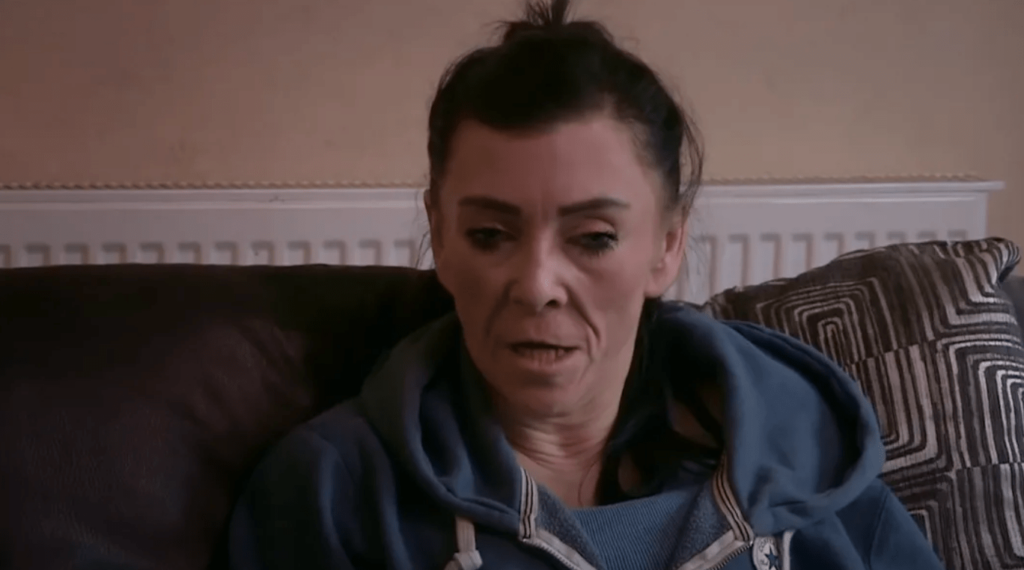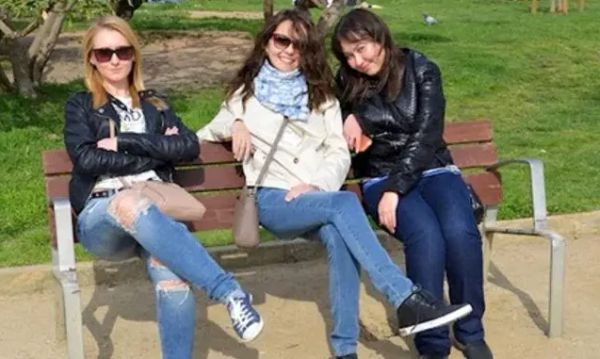When Zara Hartshorn was 12 years old, a woman in her forties and fifties was mistaken for her from Rotherham, South Yorkshire.
Due to a rare genetic disorder called lipodystrophy, which prevents the body from producing or maintaining healthy fat tissue, Hartshorn ages prematurely. Her mother Tracey Gibson, who was also mistaken for a senior in her thirties, passed on the illness to her daughter.

Gibson has seven children, three of whom also suffer from this hereditary disorder; however, Hartshorn’s symptoms are more severe.
It has not been an easy life for the mother and daughter. They have endured taunts, harassment, and abuse due to their condition.
What Zara Hartshorn Looked Like Following Surgery?
The fact that Hartshorn was mistaken for a middle-aged woman before she turned adolescent made for a challenging upbringing for her.
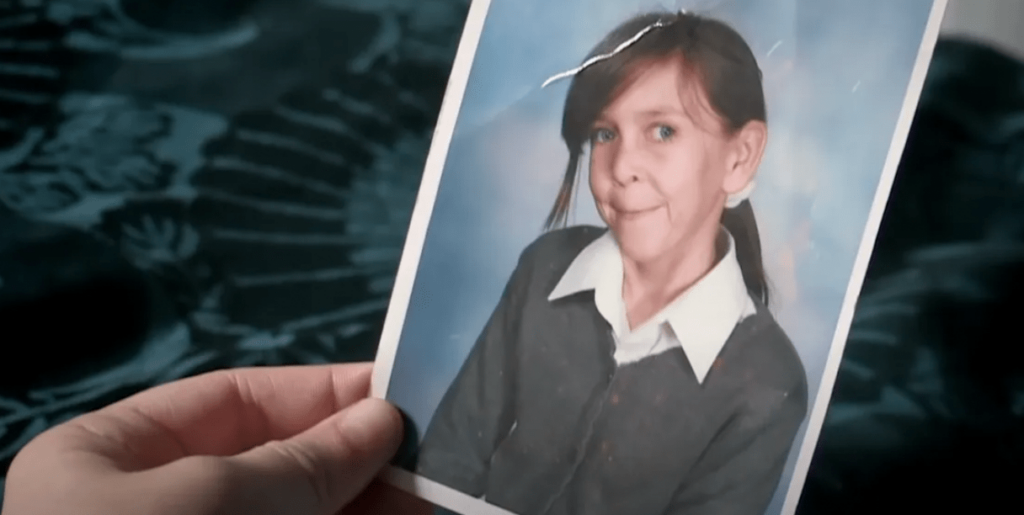
She admitted that other kids had kicked, tormented, and referred to her as “granny” and “monkey.” As a result, Gibson and Hartshorn visited a lipodystrophy specialist at the University of Texas Southwestern Medical Center.
But dreadful news was delivered to the mother and daughter. The physician found that Cutis Laxa, an uncommon illness, affected Gibson and Hartshorn. Although Cutis Laxa shared many of the same signs and symptoms as lipodystrophy, it was more dangerous to the lungs, heart, and arteries.
The news was not at all what Hartshorn and Gibson had hoped for, but Hartshorn was 16 at the time and more concerned with her outward looks than her deteriorating health. When she was 16 years old, a different American doctor approached her and offered to perform a complimentary facelift on her.
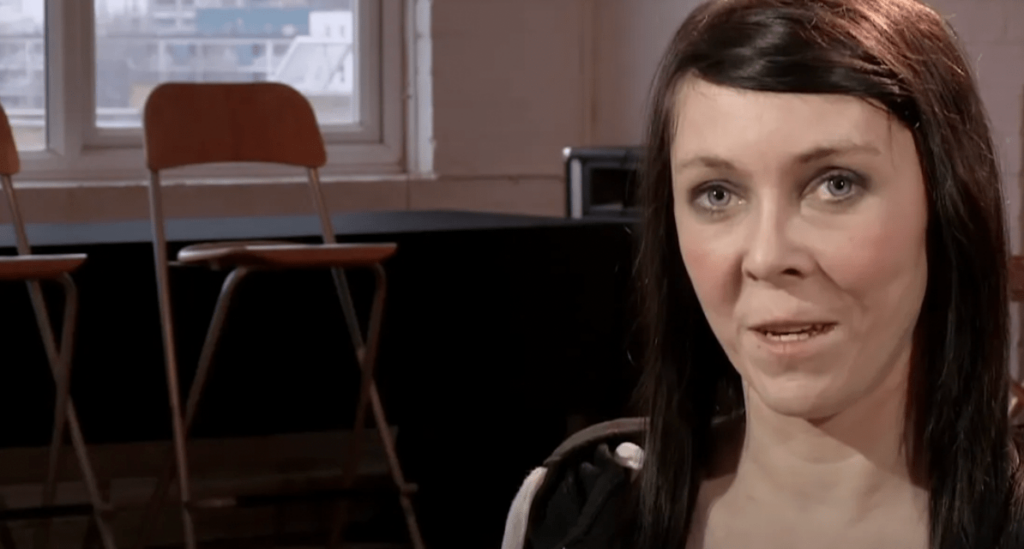
Hurston’s confidence in herself increased as a result of the surgery. Gibson was motivated to follow suit by the successful outcomes of her procedure.
The mother of seven also had Botox injections and a face and neck lift, and she felt great afterwards. The National Health Services (NHS) in England had previously turned Gibson down because her operation was viewed as aesthetic rather than necessary.
Gibson, however, did not feel that way because she already had severe self-esteem issues and had grown up with people calling her names like “granny” and “monkey.” “All my life,” she said, “and when I look at old pictures now, I think I looked like the dragon off Shrek.”
After being bullied for years, she felt strong at last. ‘I feel like I’m having the last laugh now at everyone who called me names, and it’s a big lift,’ the mother of seven remarked.
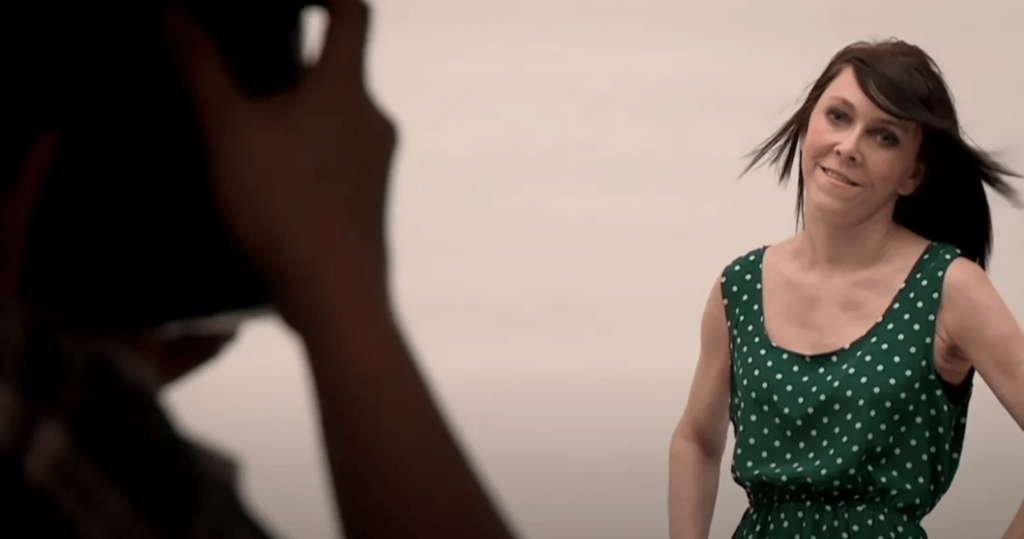
Although they were sympathetic, internet users praised Hartshorn’s surgical outcomes. Everyone hoped that she would feel more normal after the treatment.
Despite the fact that Hartshorn appeared to be elderly, users noted that she had lovely smooth skin and that after getting a facelift, her blue eyes stood out even more.

Credit for the procedure’s natural-looking results and the fact that it did not entirely remodel Hartshorn’s face was also offered to the plastic surgeon by YouTube fans. The user said, “She looked like a beautiful young woman, and I am really happy the surgery worked out well for her!”
Some viewers became tearful as a consequence of the noticeable transformation in Hartshorn’s face and how proudly she beams as a result of her remarkable results.

The Life of Zara Hartshorn Following Plastic Surgery
After Hartshorn’s operation and return from the States, everything was wonderful. She entered a relationship, became pregnant, but sadly lost the baby, causing her to leave her partner.
Due to her Cutis Laxa, Hartshorn’s skin began drooping once more four years after her surgery. But she acknowledged that she hadn’t seen a doctor since being told she had Cutis Laxa.
She claimed that she only concerned about her health when she gave it some thought, although she acknowledged that this was not a good practice.
Hartshorn felt once again uneasy in her own flesh on top of everything else. “I don’t like how my facelift has sagged, especially when I grin. I feel elderly; it’s terrible,” she remarked.
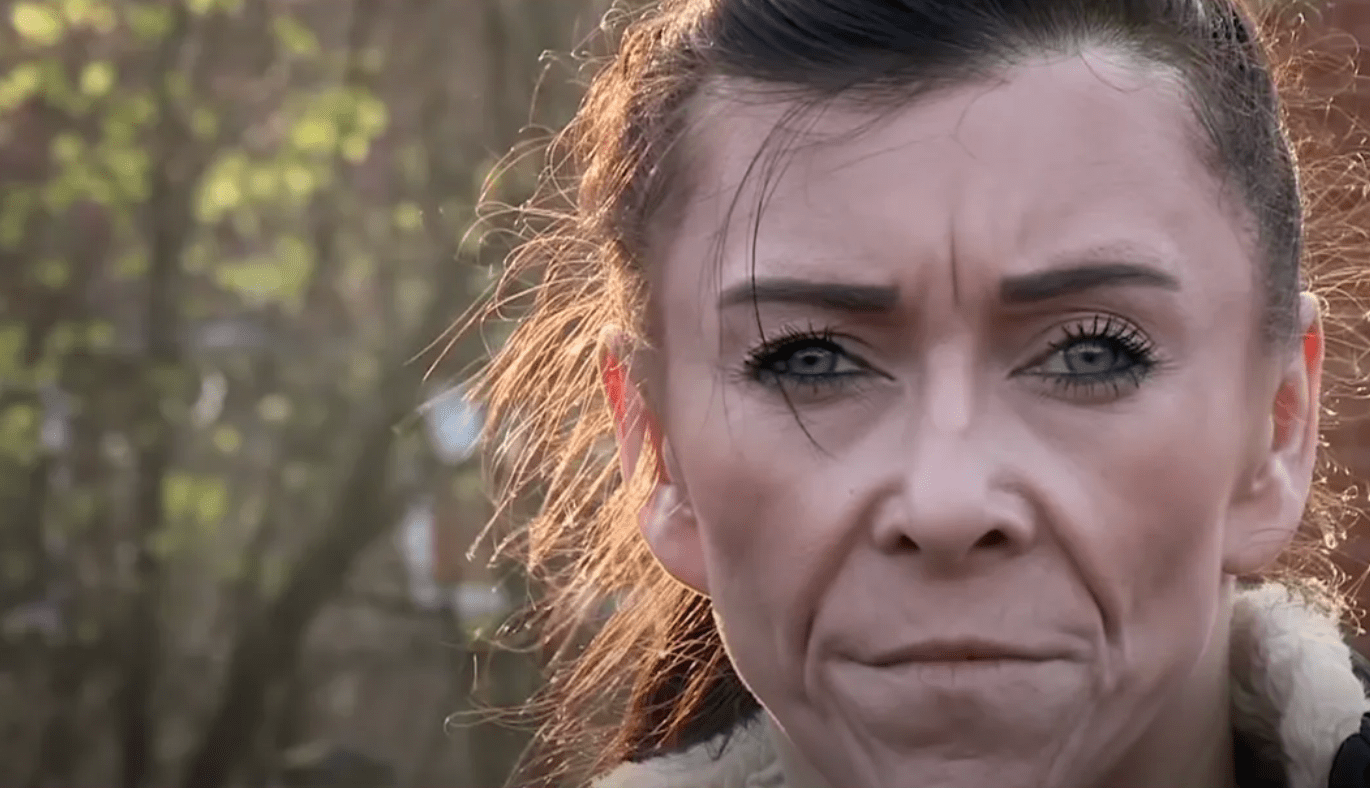
She wanted to enjoy life despite what felt like a downward spiral in her life. Hartshorn was afraid to meet new people after her relationship ended but still desired to enjoy a typical 20-year-old lifestyle.
A family quarrel also caused her relationship with her family to deteriorate, so 20-year-old Hartshorn moved in with one of her closest friends.
Hartshorn eventually started her road toward self-acceptance. She worked up the guts to discuss her Cutis Laxa with a doctor. She had her heart checked and was fortunate to learn that it appeared healthy after realizing she had been living in denial and needed to take better care of herself.
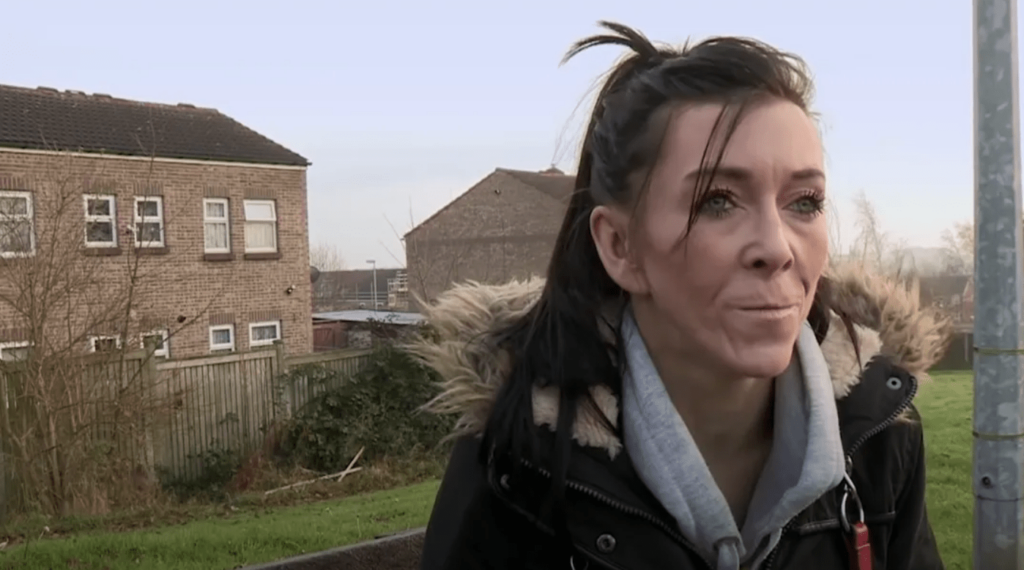
Hartshorn also realized that because there was nothing she could have done to change the way she was born, the only thing she could do moving ahead was to embrace her differences and support those who shared them.
Insisting, she said, “I would like to inspire and try to help and reach out to those who are scared to come forward and admit to the world that they have got this illness.”
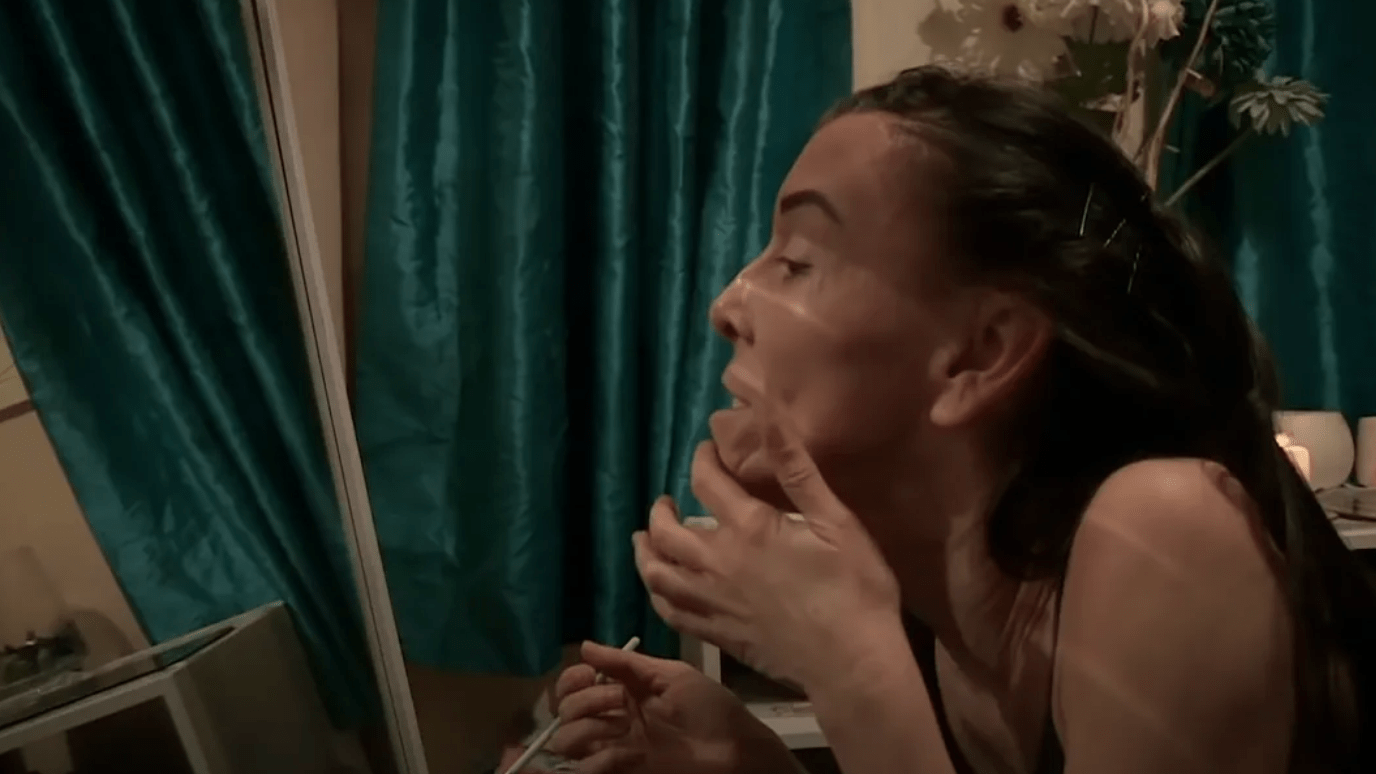
Nobody is to blame for Hartshorn’s illness, she says. Instead of dwelling on the bad, she chooses to consider her condition as a necessary component of her mission to assist others.
This is the tale of a woman who experienced bullying because of her burn scars, but having a daughter improved her situation.
